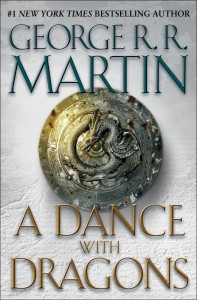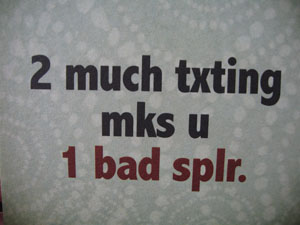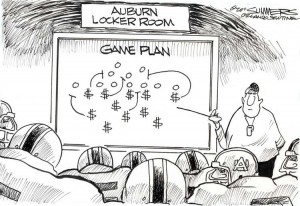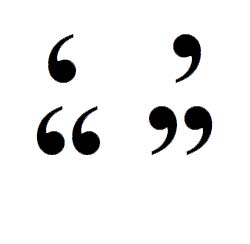 The Greatest Modern Guitar Player
The Greatest Modern Guitar Player
Who are the best modern guitarists? That’s a question easier asked than answered, but I’ll try it anyway. Here is my criterion: Who navigates the fret board like a seasoned mariner, directing their vessel through the squall and into the beautiful horizon? Who achieves tonal magnificence and memorable performances with a virtuosic onstage presence? Who can actually resist hyperbole? (Not this blogger.) Truth is, there are many great modern guitarists that aren’t on the list. These are simply 5 great guitar players that I would consider the best of the best.
5) Brent Hinds – Mastodon
What best modern guitar players list would be complete without Brent Hinds? When Mastodon’s “Crack the Skye” hit in 2009, it re-conceptualized what a Metal guitarist can sound like. Instead of using Metal’s standard rough and crunchy sound, Hind’s pentatonic legato style transcended the soundscape of Mastodon’s previous 3 albums and entered a stage where his technically astounding guitar work can be fully demonstrated.
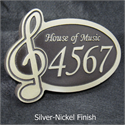
A great gift idea for your musical friends!
Listen to: “The Last Baron,” Crack the Skye, 2009
4) Josh Homme – Queens of the Stone Age, Them Crooked Vultures, Kyuss
The greatest part about Homme’s playing is the relative simplicity that his riffs have. They are simple, to the point, and rock hard. Most importantly, they always serve the song’s needs. Aside from his memorable riffs are his solos, which have recently shifted towards an accessible bluesy sound.
Listen to: “Into the Hollow,” Era Vulgaris, 2007
3) Billy Corgan – Smashing Pumpkins
If you were to think of guitar sound as an ocean wave crashing down on you auditory canal, funneling through it relentlessly with all sorts of varying sounds and power—then you are probably thinking of Billy Corgan’s guitar playing. There’s dimension to Corgan’s guitaring that lends itself to psychedelic sounds, there’s ample power to sound heavy, and of course, the musical depth that makes it timeless.
Listen to: “Tarantula,” Zeitgeist, 2007
2) Matthew Bellamy – Muse

Matthew Bellamy performing with Muse
Space-rock isn’t a new concept. Neither are overdriven, effects-laden guitars. What makes Bellamy so special is his ability to fuse these two concepts into a digestible, distinct, signature sound. A testament of a good player is if the listener can tell who is playing despite not knowing who they are listening to. It’s never hard to recognize Bellamy, as his sound just as well may have literally dropped out of space.
Listen to: “Knights of Cydonia,” Black Holes and Revelations, 2006
1) John Frusciante – Red Hot Chili Peppers
“When the intellectual part of guitar playing overrides the spiritual you don’t get to extreme heights.” –John Frusciante (Rolling Stone, February 2007) Emotional transcendence is part of being a great guitar player. When newer players pick up the guitar and learn to scale shred to achieve the illusion of great proficiency they are missing the point altogether. Emotion is what guitar playing is all about, not ego. John Frusciante is the most spiritual and emotional player alive and as such, is #1 on my list.
Listen to: “Wet Sand,” with special attention to his powerful, simple solo. Stadium Arcadium, 2006
Love This? Go Tell it on a Mountain!

